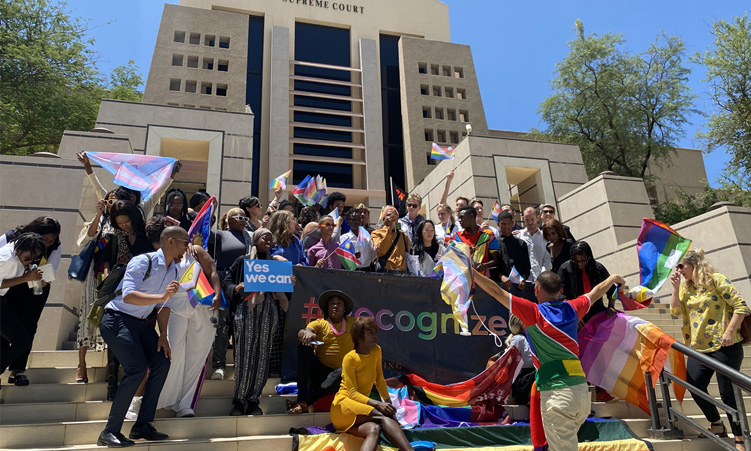FARMERS in the South are anxiously watching the skies as fears of a looming drought mount.
Southern Namibia Farmers’ Union (Snafu) national Chairman Apies Jansen this week expressed worries about a possible drought if there is no significant rain in the next two months.
‘The South is in need of rain to avoid a critical situation,’ Jansen told The Namibian.
Jansen said that communal farmers have already reported some livestock deaths.
However, he was quick to add that it is premature to talk about drought yet.
‘The rainy season is not over yet, therefore it is difficult to predict,’ he said.
Still, said Jansen, poor grazing because of below-normal rainfall between October and December has forced some farmers to switch to supplementary feeding. ‘The rain between October and December only covered 10 to 15 per cent of the grazing areas,’ he said.
Communal farmers are hardest hit because they cannot afford fodder for their animals, he said.
‘The current situation paints a bleak picture for communal farmers, unless we receive significant rainfall in time.’
Speaking at a recent farmer’s meeting, farmer John Foster also expressed fears of drought, which, he said, would have far-reaching effects on small-stock farmers in the region.
Foster was speaking at a meeting called to draft a petition to Government to remove restrictions on the export of live animals to South Africa.
Currently only one sheep or goat can be exported to South African markets for every six animals slaughtered at local abattoirs.
South African abattoirs pay much higher prices than the local ones, farmers argue.
If the restriction is not eased, farmers said they will ask Government for drought subsidies.
Meanwhile, weatherman Victor Kaurimuje on Wednesday forecast a 20 to 40 per cent chance of some rain in the southeastern parts of the country today.
The likelihood of rain is expected to improve to 40 to 50 per cent from Saturday to Monday.
No rain is forecast for the southwestern areas.
luqman@namibian.com.na
Stay informed with The Namibian – your source for credible journalism. Get in-depth reporting and opinions for
only N$85 a month. Invest in journalism, invest in democracy –
Subscribe Now!









